News
LRS support structures accepted
2019-02-22
Joar Brynnel reports that on 21 February 2019, 4MOST engineering staff from the Georg-August-Universität in Göttingen verified and accepted the support structures for the two low-resolution spectrographs (LRS) at the manufacturer Windelband. In the photo below you can see Heiko Anwand using a laser tracker to verify dimensions with high accuracy and Katja Hauptner holding the retro. The support structures will now be sent for painting. Two of the three supports will then be sent to CRAL for LRS integration activities, and the third structure will be sent to ESO Chile for interface verification on the VISTA telescope.
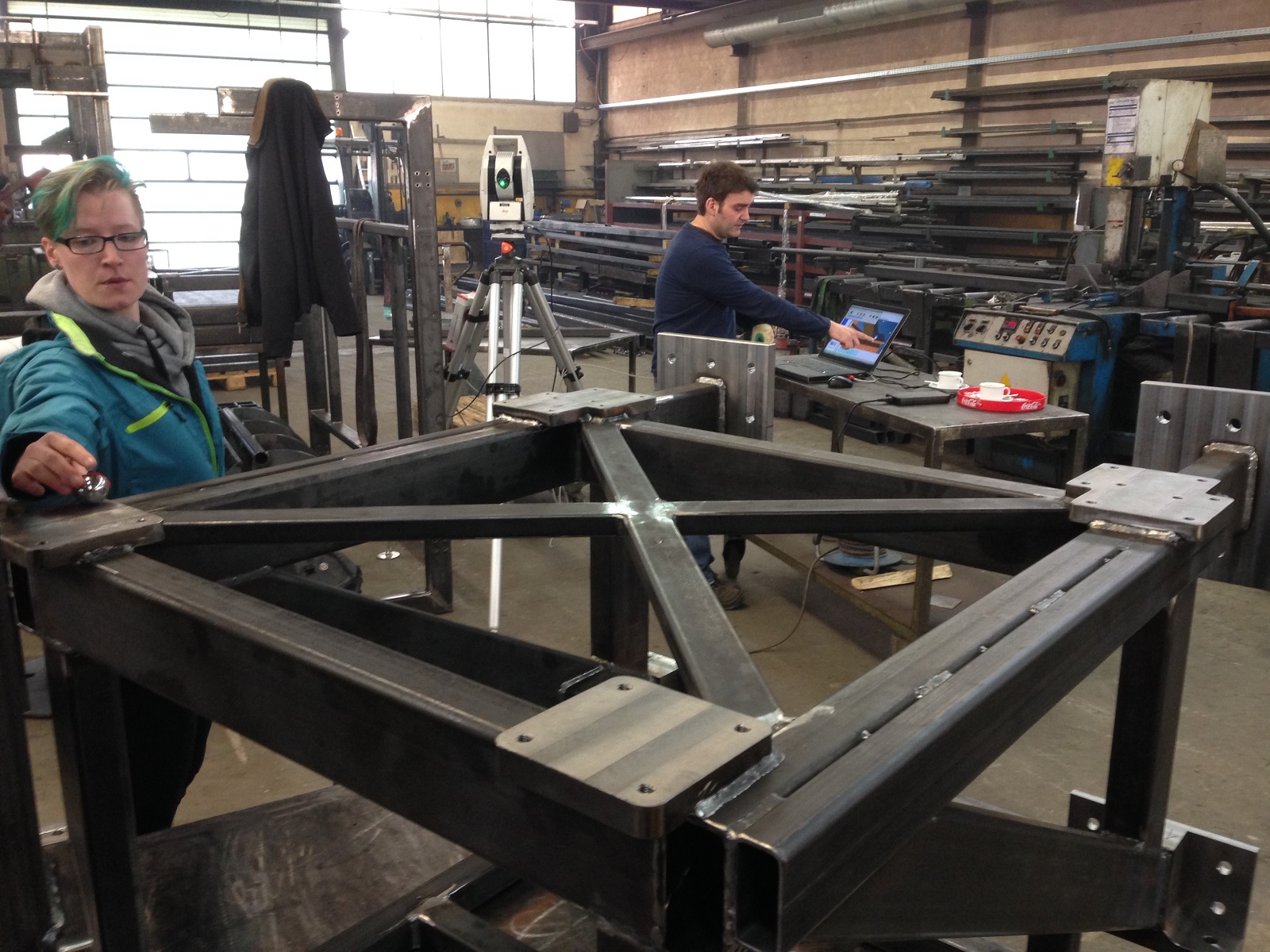
Introducing the new 4MOST Instrument Scientist
2019-01-20
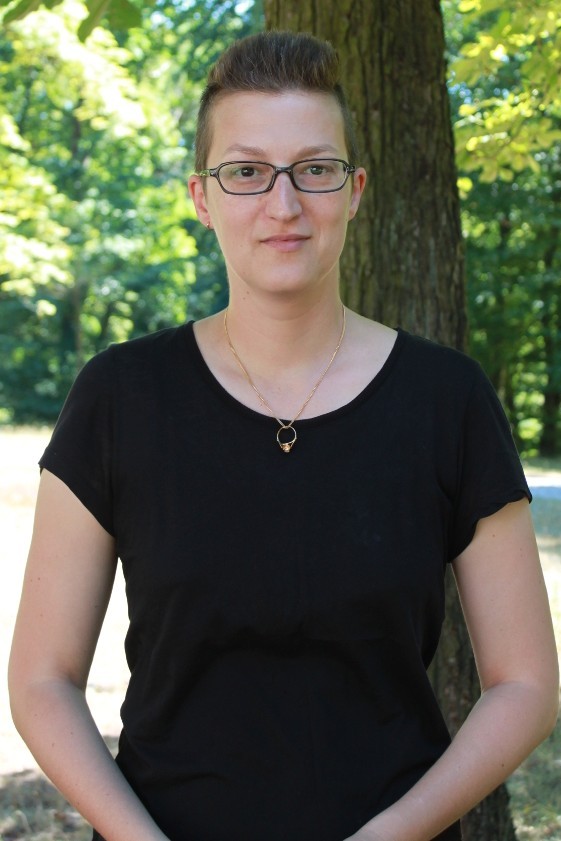
The Project Office would like to introduce the new 4MOST Instrument Scientist, Genoveva Micheva, who has replaced Ollie Schnurr in the AIP/4MOST Project Office. Genoveva’s most recent position was in the InnoFSpec group at the AIP, and she joined the 4MOST team on 1 December 2018.
Genoveva earned her PhD in Astronomy at the Department of Astronomy, Stockholm University, Sweden. Her professional background is that of both an astronomer and an engineer. Her many years of experience in working at observatories (NOT, La Palma, and SUBARU, Hawaii) provide her with a good foundation for understanding the importance of being the interface between the instrument builder team and future users.
We would like to welcome Genoveva on board, and we are looking forward to working with her towards the completion of 4MOST!
4MOST All Hands Meeting 2018
2018-10-10
The 4MOST All Hands Meeting 2018 took place in Heidelberg on 24 – 28 September 2018. The meeting was hosted by the 4MOST team from the Max-Planck Institute for Astronomy and took place at Heidelberg University's Mathematikon.
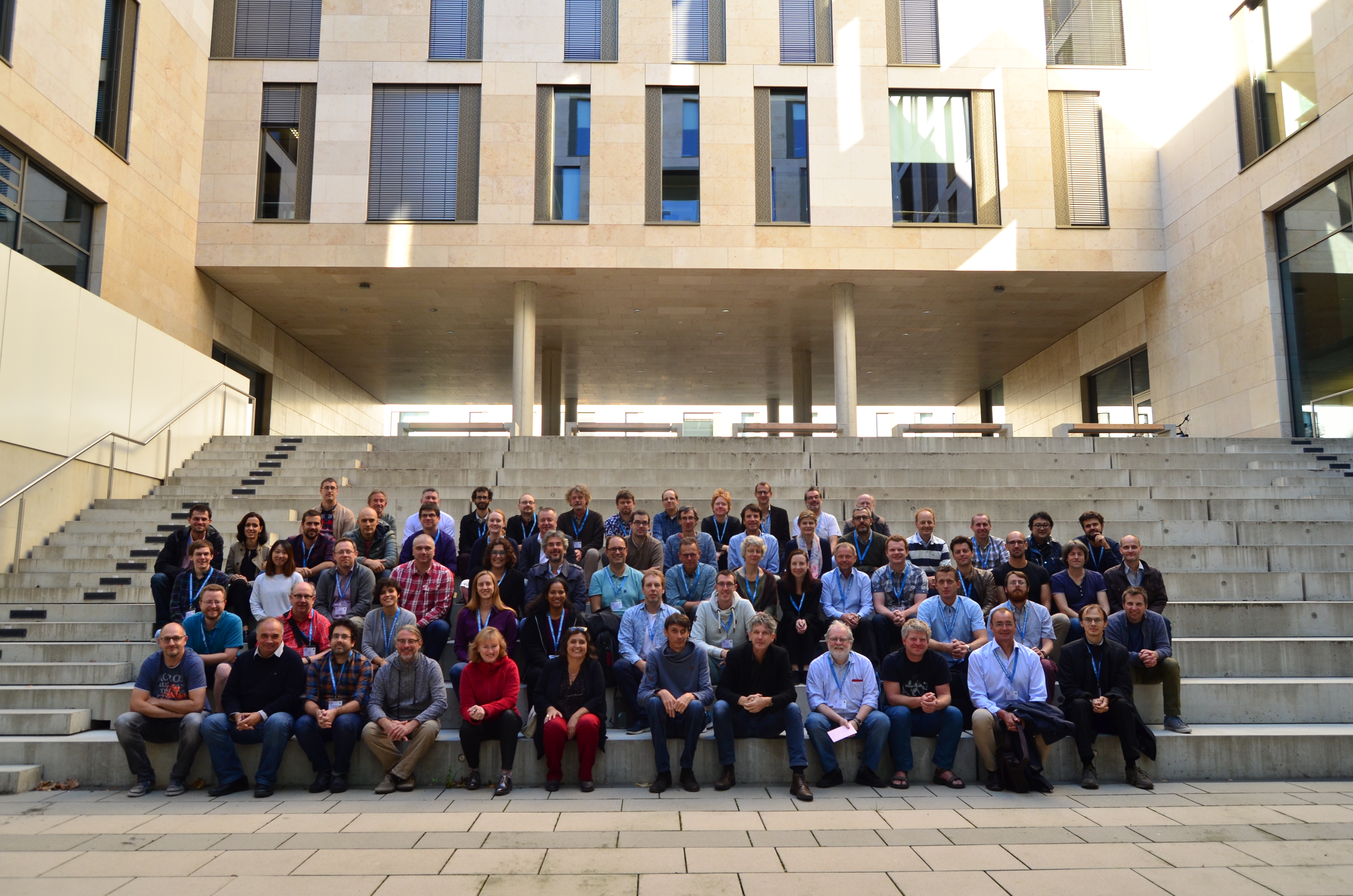
This fourth annual ‘All Hands Meeting’ of the 4MOST consortium brought together consortium members working to define, construct, operate and scientifically exploit the 4MOST Facility. This included the engineers, managers and scientists responsible for the delivery of the 4MOST Facility, the scientists planning the science operations in the infrastructure working groups, and the scientists from the large number of institutes involved in defining the ground-breaking consortium science surveys. Also, Katryn Kreckel provided some context for the meeting by giving us a wonderful overview of the SDSS V survey.
A particular focus of the meeting was on the planning of activities leading up to FDR2 and the Call for Proposals Readiness Review. Good progress was made in many areas of science operations planning, in particular on the survey strategy, while the Surveys discussed their target catalogues and White Papers.
The meeting's programme can be found here.
Announcement: Science with 4MOST – Workshop to prepare the ESO Community for the 4MOST Call for Letters of Intent
2018-08-15
4MOST will be a state-of-the-art, high-multiplex, fibre-fed spectroscopic survey facility at ESO's 4-m VISTA telescope, with a field-of-view large enough to survey a large fraction of the southern sky in a few years. During the first 5 years of operations 4MOST will execute a comprehensive programme of both Galactic and extragalactic Public Surveys. 30% of the observing time during this period will be available to the community (while the other 70% will be awarded to the 4MOST Consortium in return for delivering and operating the instrument). The process of selecting Community Surveys will be initiated by a "Call for Letters of Intent for Public Spectroscopic Surveys", to be issued by ESO in mid-2019.
In preparation of this Call, ESO and the 4MOST Consortium are jointly organising a workshop to take place at ESO on 6-8 May 2019. The purpose of this workshop is to prepare the ESO community for this exciting scientific opportunity, to assist potential PIs to successfully respond to the Call, and to foster scientific collaborations between the community and the 4MOST Consortium. Specifically, the goals are to provide the ESO community with up-to-date information regarding (i) the 4MOST facility, its capabilities, survey strategy, data reduction and science pipelines; (ii) the 4MOST Consortium's scientific plans; and (iii) the application and selection process.
Please register on the workshop's website.
A 4MOST issue of The Messenger has been published in preparation of this workshop.
A Science Team meeting will be held at the MPE in Garching on 9-10 May 2019, immediately following the workshop.
Vacancy: 4MOST Instrument Scientist
2018-08-15
The current 4MOST Instrument Scientist, Olivier Schnurr, is leaving the project for bigger and brighter things, and the Project Office would like to thank Ollie for his many contributions to 4MOST.
As a result, we have a job vacancy in the 4MOST Project Office. If you have strong analytic and communication skills and are interested in instrument requirements, calibration, commissioning, observing strategy, etc., and are looking for a new and exciting opportunity, please see the job ad.
Please feel free to distribute this vacancy to any candidate that you think might be suitable and interested. Applications originating from underrepresented groups within 4MOST would be especially appreciated.
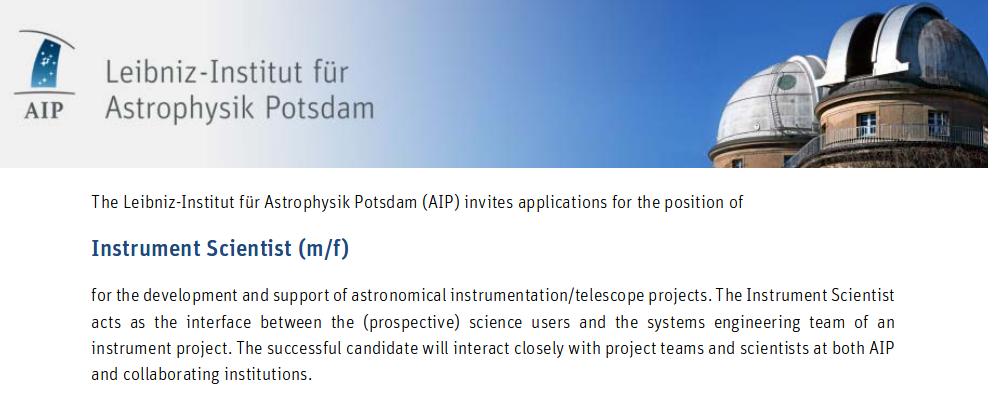
Inaugural 4MOST Science Team Meeting
2018-07-23
The inaugural 4MOST Science Team Meeting was held at Geneva Observatory on 18 - 21 June 2018. More than 40 participants discussed a wide range of topics in connection with the scientific planning for the 4MOST survey programme. The focused discussion sessions, the general collaborative spirit and the welcoming atmosphere at Geneva Observatory all contributed to the success of this meeting.
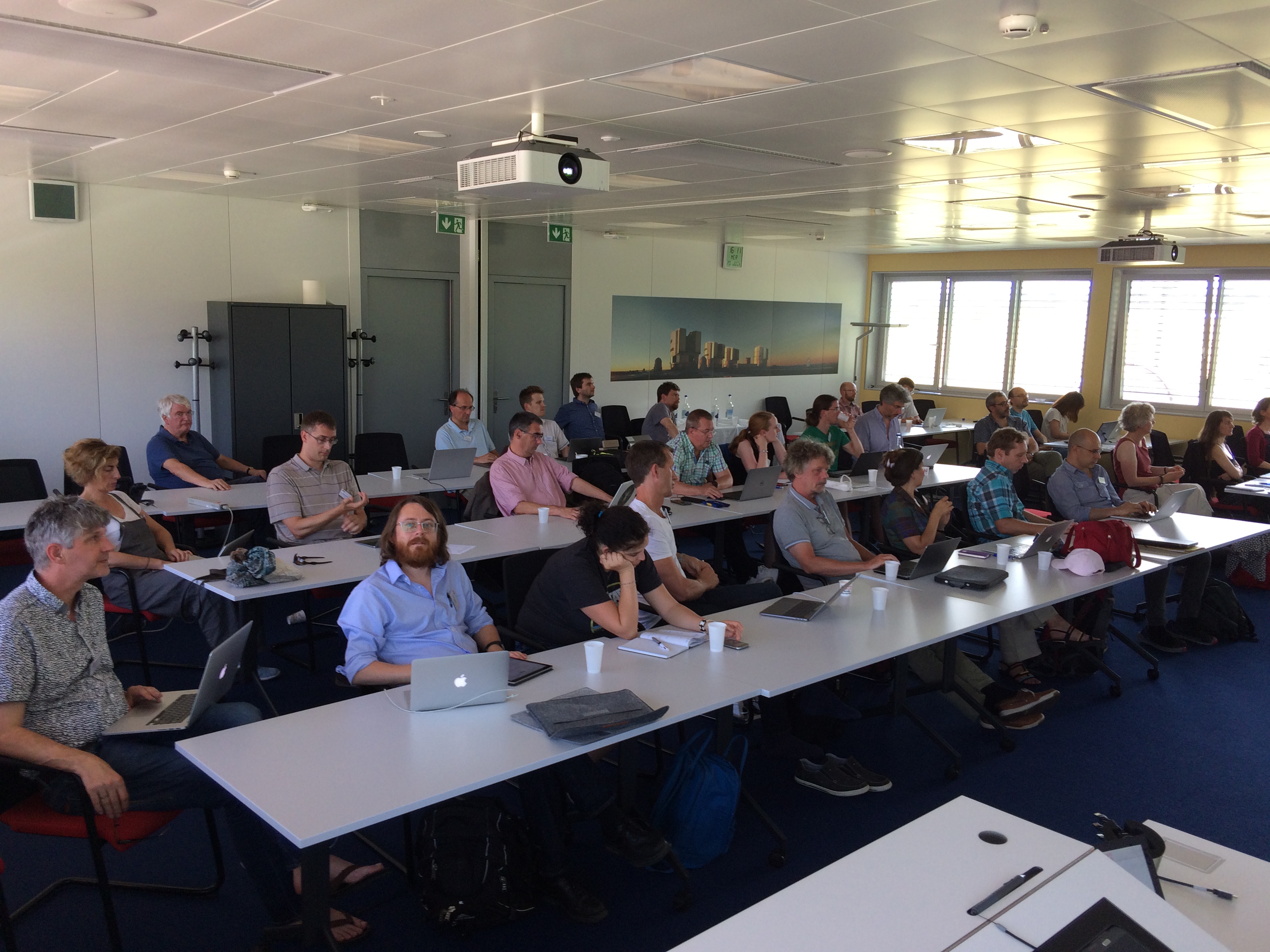
Final Design Review - Part 1
2018-05-15
On 2 - 9 May 2018 the 4MOST FDR-1 review meeting was conducted at ESO Garching. More than 30 expert reviewers went through the more than 120 documents and countless drawings submitted by the 4MOST Project. During the review the different subsystems and science operations were discussed in detail in a number of splinter sessions. Feedback and action items were consolidated in two plenary sessions at the end of the meeting. Overall the meeting went very well, and it was conducted in a collaborative and open spirit. The Review Board acknowledged the enormous amount of work performed by the 4MOST Consortium, and the very high quality of the submitted documents and designs. The feedback from the Review Board was very constructive and no major show-stoppers were identified. Of course, we still received a number of action items and recommendations to further improve the system and its documentation. The FDR outcome will be consolidated in the FDR Board Report, based on which we will be able to plan ahead for the next steps and ultimately the official transition into the construction phase.
The Project Office would like to thank everyone who contributed to FDR-1 and the 4MOST Project for their continued enthusiasm and dedication to our success. 4MOST would not be possible without this enormous effort by its talented and dedicated team members.
Science Team Policies released
2018-02-13
Issue 2.00 of the Science Team Policies have just been released. This is an important document that every member of the 4MOST Science Team should be familiar with. It defines the policies that govern the scientific collaboration of 4MOST, including all Consortium and future participating Community Surveys, and it covers all aspects from Science Team Membership to scientific exploitation rights to publication policies.
Note that this new document essentially includes the previous "Science Team Membership Policies document" and thus supersedes it.
First WFC blank delivered
2017-12-06
Sam Barden reports that the first glass blank is ready for transformation into the front lens of the 4MOST wide field corrector. This piece of fused silica, produced by Corning, is just under 1 meter in diameter, about 200 mm thick and weighs a third of a tonne. It is a high precision glass element, meaning that the index of refraction is very uniform throughout the body in order to allow consistent optical performance. The 4MOST wide field corrector is a set of 6 optical lenses that "fine tune" the optical performance of the VISTA telescope in order to provide the necessary field of view and image quality required for 4MOST to meet its objectives. This glass blank will now be shipped from Corning to KiwiStar Optics in New Zealand where it will start the 18 month transformation from the cylindrical blank into the finished optical element. Funding for this has been provided by the BMBF.
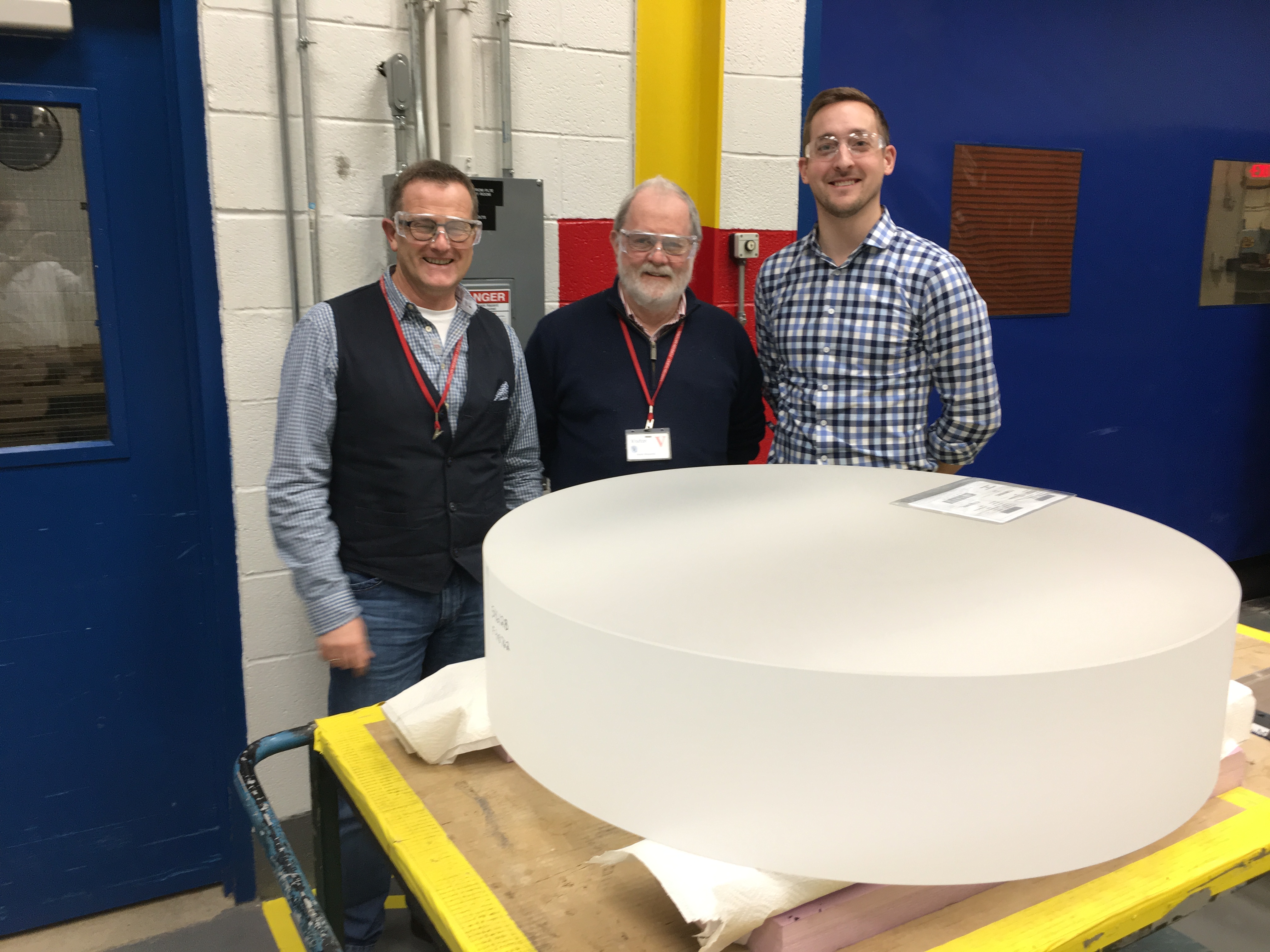
Busy Week 2018
2017-12-04
The Busy Week 2018 will take place at the AIP in Potsdam on 23-25 January 2018. The focus will be on coordination in preparation of FDR. Two parallel threads will be scheduled: Facility and Science Operations. ESO will participate with a large contingency of staff, which will help with converging on open issues.
